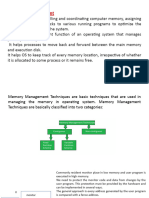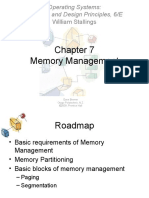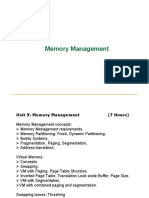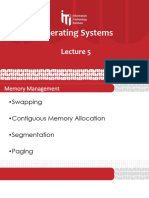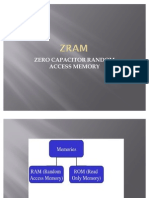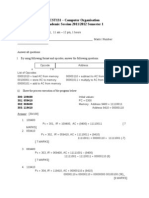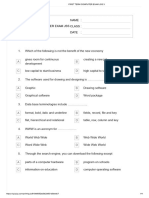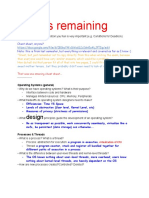0% found this document useful (0 votes)
7 views13 pagesFragmentation
The document discusses internal fragmentation caused by fixed-size memory allocation, leading to inefficient memory utilization and performance issues. It outlines the reasons for allowing internal fragmentation, methods to avoid it, and various allocation algorithms like First-Fit, Best-Fit, and Next-Fit. Additionally, it addresses external fragmentation, its implications, and the advantages and disadvantages of memory compaction as a solution.
Uploaded by
sec23cb091Copyright
© © All Rights Reserved
We take content rights seriously. If you suspect this is your content, claim it here.
Available Formats
Download as PDF, TXT or read online on Scribd
0% found this document useful (0 votes)
7 views13 pagesFragmentation
The document discusses internal fragmentation caused by fixed-size memory allocation, leading to inefficient memory utilization and performance issues. It outlines the reasons for allowing internal fragmentation, methods to avoid it, and various allocation algorithms like First-Fit, Best-Fit, and Next-Fit. Additionally, it addresses external fragmentation, its implications, and the advantages and disadvantages of memory compaction as a solution.
Uploaded by
sec23cb091Copyright
© © All Rights Reserved
We take content rights seriously. If you suspect this is your content, claim it here.
Available Formats
Download as PDF, TXT or read online on Scribd
/ 13


















